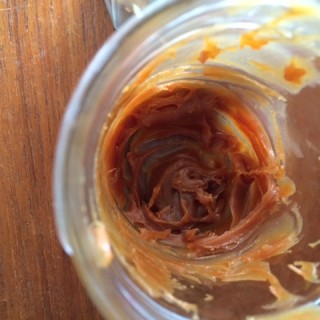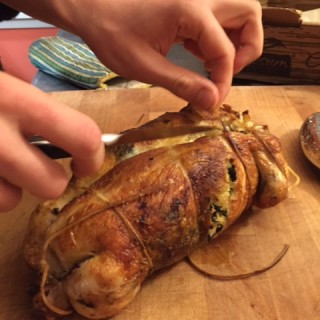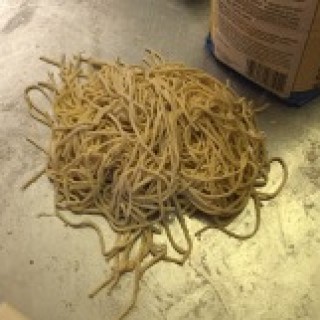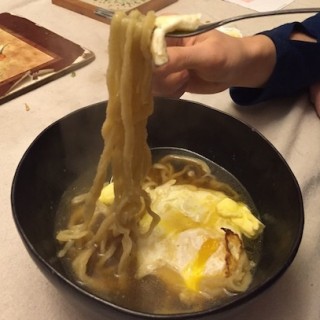Sugars
We know sugar primarily as table sugar, or, more formally, as sucrose. It’s extracted from sugarcane or sugar beets and reduced down to a sweet white grain. In more scientific terms, sugar generally refers to the simplest members of a group of molecules called carbohydrates. Literally “watered carbon”, Carbohydrates are so named because they are made from carbon together with the two atoms that make water, hydrogen and oxygen. Carbohydrates are a very important group of molecules to the cook and in fact to all life as we know it. As Harold McGee explains in On Food and Cooking, “Carbohydrates...




